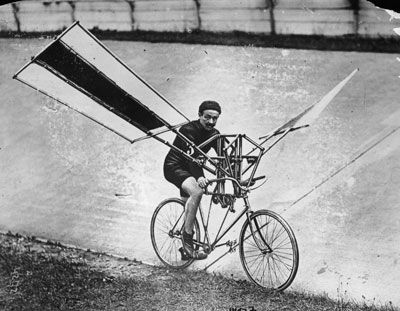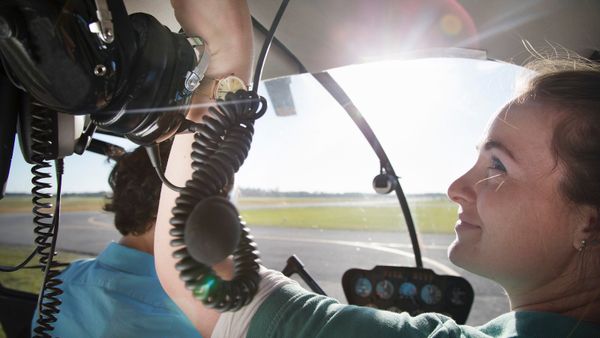
Key Takeaways
- Airspeed measures an airplane's speed relative to the surrounding air, while ground speed measures its speed over the ground, factoring in wind speed.
- A strong tailwind can increase an aircraft's ground speed beyond its airspeed.
- Not only is airspeed relevant for aircraft, but it also affects fuel efficiency in ground vehicles, where it determines real travel speed and efficiency more accurately than the speedometer reading.
Back in February 2019, a Virgin Atlantic Boeing 787 jet flying over Pennsylvania in route from Los Angeles to London reached what might seem like an amazing speed of 801 miles per hour (1,289 kilometers per hour), according to CBS News.
But the speed record wasn't because that Virgin Atlantic aircraft itself was exceptionally fast. Like a sprinter running with the wind at his back, the aircraft benefited from an exceptionally fast jet stream, a high-speed wind moving at 231 miles per hour (371.7 kilometers per hour). It was the fastest jet stream in more than 60 years.
Advertisement
As CBS News explained, the result was that the 787 flew considerably faster than the aircraft's typical cruising speed of 561 miles per hour (902.8 kilometers per hour).
Therein lies the difference between airspeed and ground speed.
As this explainer on the NASA website details, ground speed is how fast an airplane is traveling, relative to a fixed point on the ground. Think of it this way: Ground speed is how fast an airplane's shadow would move across the land. If there's a strong wind pushing an aircraft, that's reflected in the ground speed.
Airspeed, in contrast, is how fast an airplane is really flying strictly under its own power, which is calculated by subtracting the wind speed from the ground speed. NASA explains:
Airspeed doesn't just affect airplanes. It also affects our vehicles on the ground. As this study published in 2013 in the International Journal of Energy and Environmental Engineering describes, a car's airspeed on the highway is what really determines its fuel efficiency, rather than ground speed or the speedometer reading.
Advertisement


